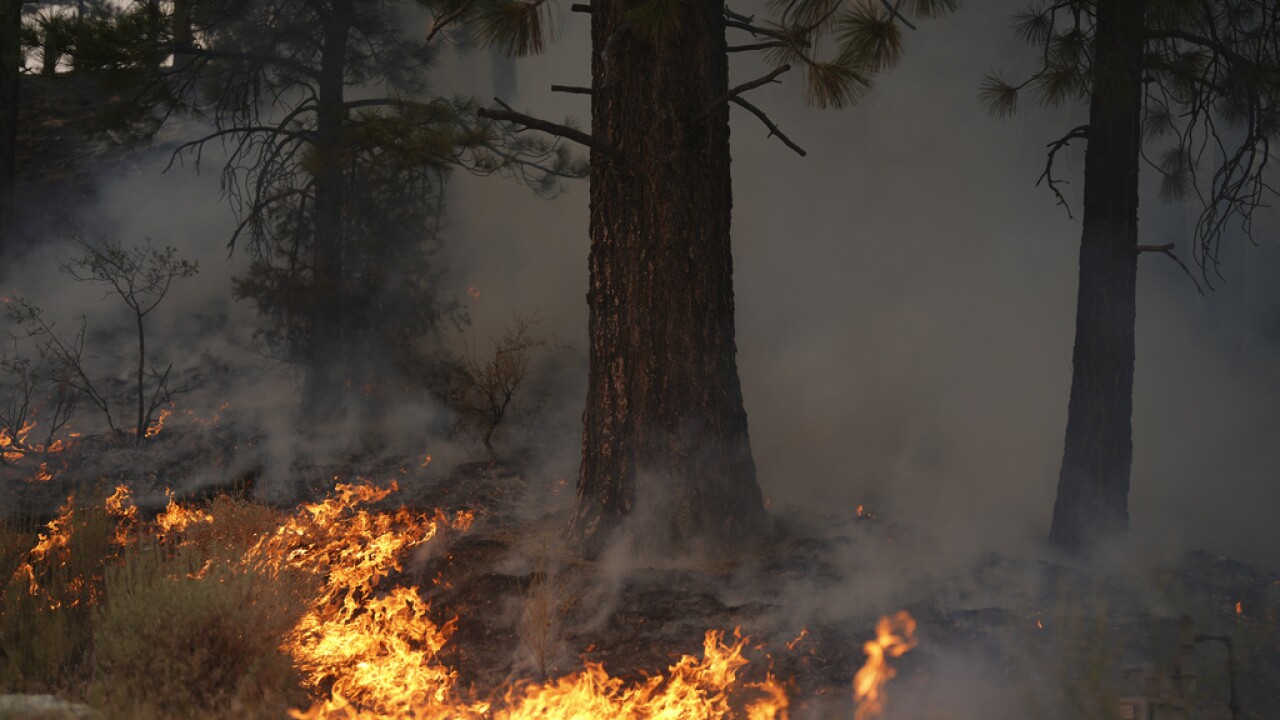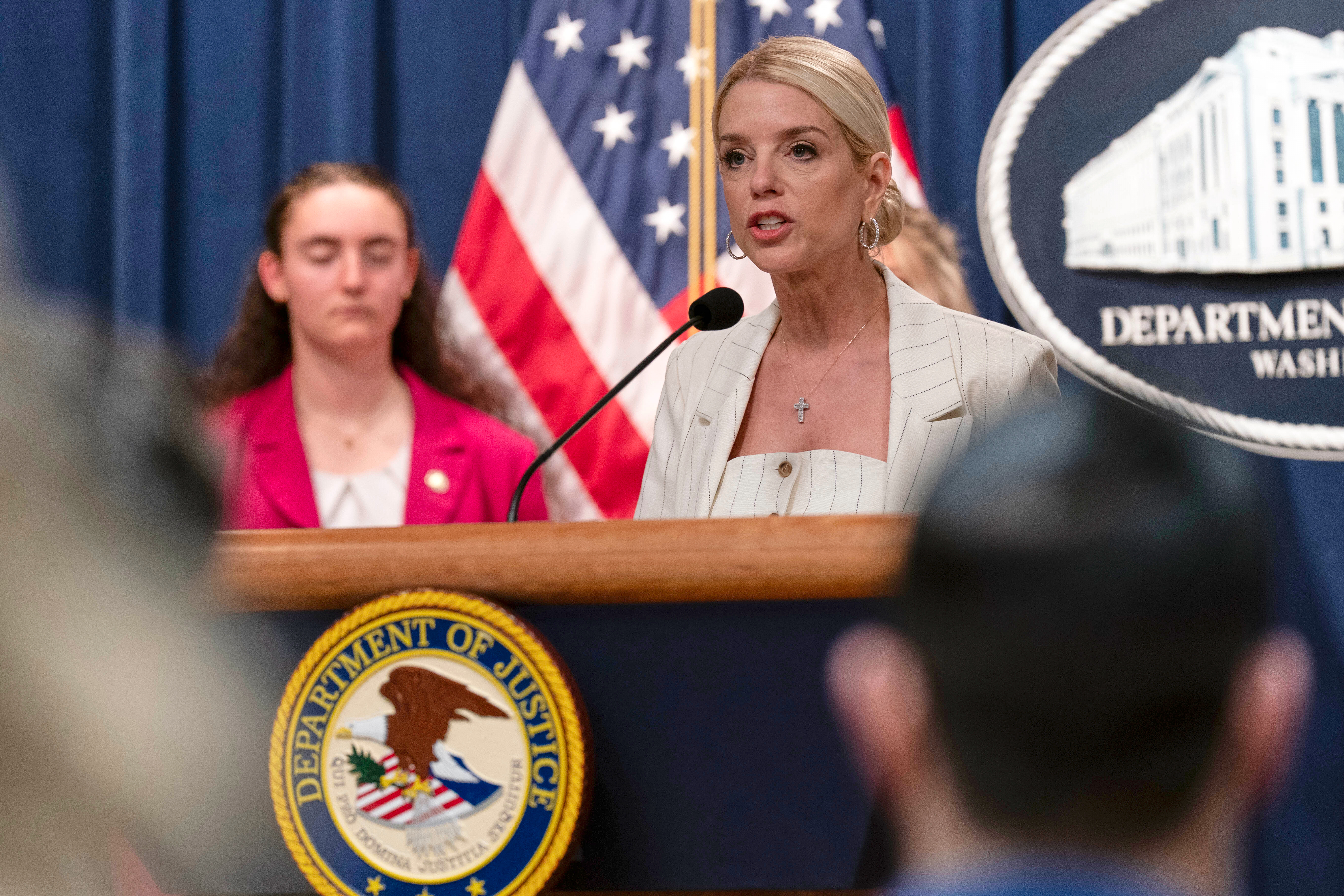Wildfires are accelerating at a pace so fast that the trees burned can't be replaced fast enough. In some cases, the fires make the ground so hard that the soil is washing away down slopes. Now, experts are trying to move beyond their old methods of plant and pray.
Wildfires have devastated forests across the country in recent years. In 2020 alone, more than 10.2 million acres were burned. Four years later, in Colorado, the land is still charred and black.
Forest workers are trying to assess the damage and bring this landscape back to life. However, climate change makes it difficult for many trees to regrow, even decades after a fire, and the U.S. currently lacks the ability to replant trees at the same rate that they are being lost.
Camille Stevens-Rumann, assistant director of the Colorado Forest Restoration Institute, said "We need to start being creative if we want trees on our landscapes."
The Forest Service typically requires trees that are being replanted to be the same species at the same elevations as before a fire. But with climate change complicating matters, that regulation might be changing.
RELATED STORY | Wildfires force thousands to evacuate as heat wave scorches Western US
Jason Sieg, acting forest supervisor for the USDA Forest Service, said "We're at a time now with all these factors we're up against, where we are open to any unique solutions and creative opportunities that the research and the data tells us."
That's where groups like the Colorado Forest Restoration Institute come in.
"Our goal is to understand how tree species are surviving outside of their current existing range. So if you think about where any given species is on the mountain, we wanted to push that envelope to understand if they are able to go a little bit higher in elevation, or perhaps a little bit lower," said Stevens-Rumann.
Two years ago, the group planted several tree species to determine which would be most likely to survive at various elevations.
"We're in a place of such drastic climate change that we are not talking about whether or not some of these places will be a different kind of forest, but whether or not they will be forests at all," said Stevens-Rumann.
For now, researchers say regrowing forests may mean replanting at different elevations or collecting seeds from another location. Eventually, though, it could mean planting non-native trees — but that idea is controversial since it could affect the ecosystem.
The researchers say these scorched forests can recover, but it will take a concerted effort and some innovation to truly address the issue.
RELATED STORY | Zillow to add climate risk data—like flood and wildfire info—to home listings











